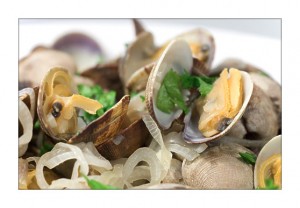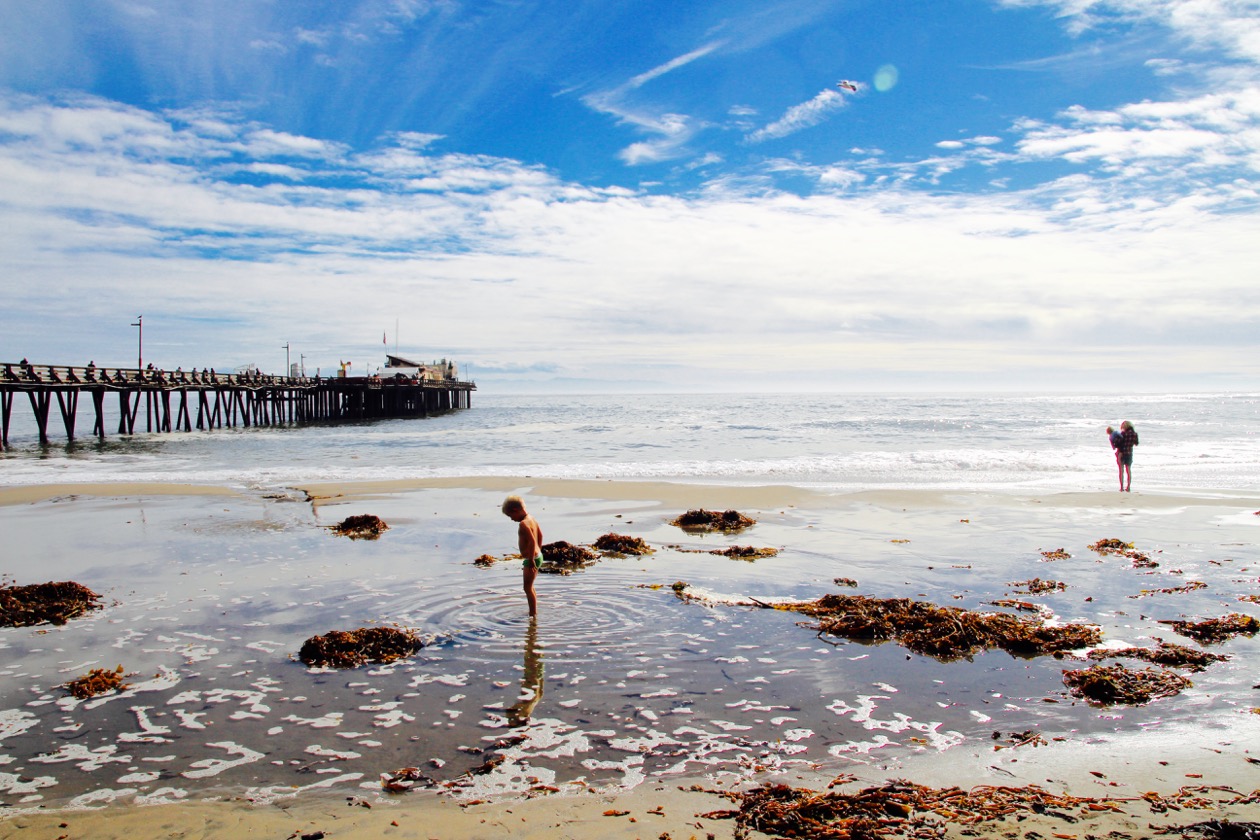
I’ve been eating steamed clams since I was…oh, five or so, and yet in all those years I’ve never given much thought to the fundamental layout of the these odd creatures. Never, that is, until I was forced to explain to Kendrick my understanding of Basic Clam Anatomy.
“That’s…the stomach…and that thing you pull off covers the excretory…mechanism…thing?”
Basically, I had no idea what I was talking about. Enter: Google!
What is a clam? Oh, am I ever full of information on this subject. A clam, if you must know, is a bivalve mollusk housed in a shell that consists of two equal halves joined together by a ligament that pops open when you cook it (remember to discard clams that don’t open up).
A clam does not have a head or eyes, but does have kidneys, a heart, a mouth, and a butt. That weird brown filmy substance that you’re supposed to pull off? That would be the gills, which cover the clam’s “neck” (actually the siphons that it uses to draw in water and oxygen and carry away waste), which isn’t really a “neck” at all (the clam’s mouth is at the other end of the whole contraption).
For butter-dipping purposes, though, all you really need to know is what’s edible, and what sits on the grosser end of the spectrum. Once you’ve discarded the brown gunk, it’s more or less all good stuff, but you may want to toss aside the darker portions that line the thicker side of the clam.
How To Steam Clams:
1. Soak clams in cold water overnight in the refrigerator in a mixture of 1 cup salt per 1 quart liquid. If you add a little cornmeal (about 1/4 cup per gallon of water) to the mixture, you’ll encourage the clams to purge out that dark stuff in their stomachs, and will end up with whiter meat (which most people prefer).
2. Drain clams.
3. Set clams in a large pot with a small amount of liquid over high heat.
4. Remove each clam as its shell opens, discarding any critters that don’t open after 10 minutes. Serve with broth, but make sure to let it settle a bit before serving so that all the sand falls to the bottom.


